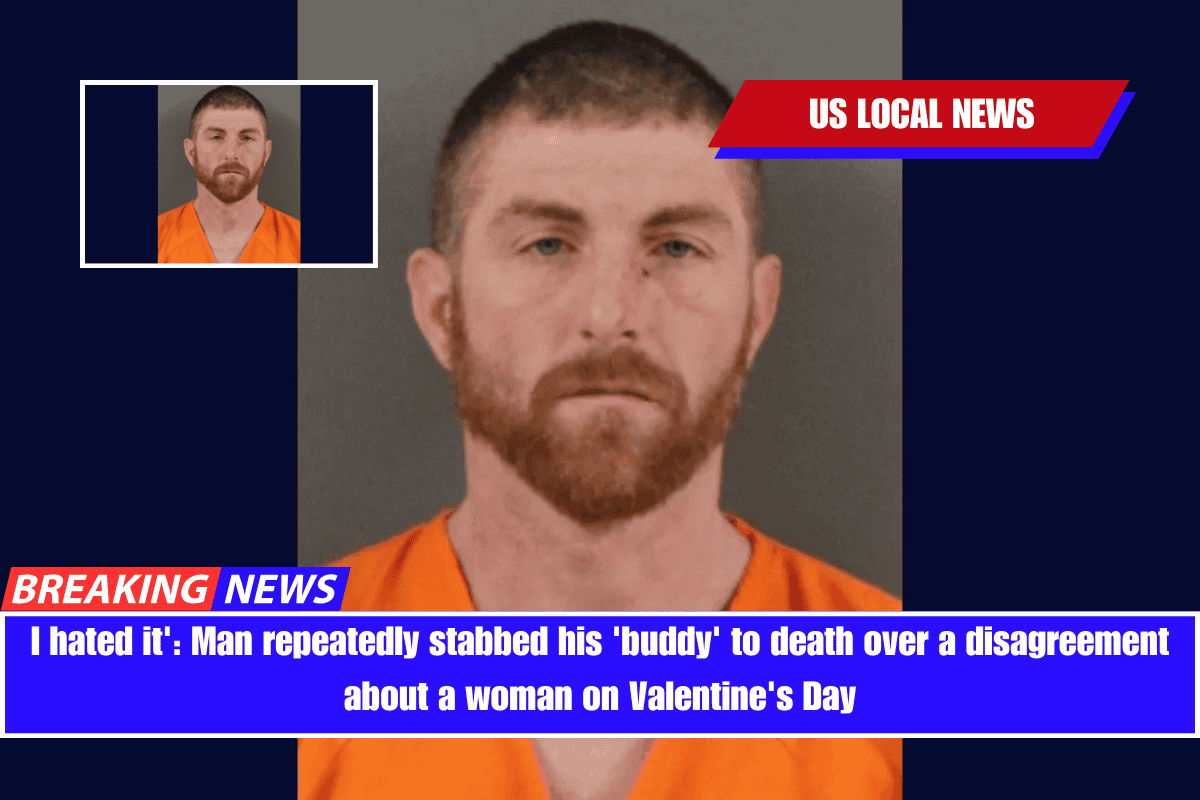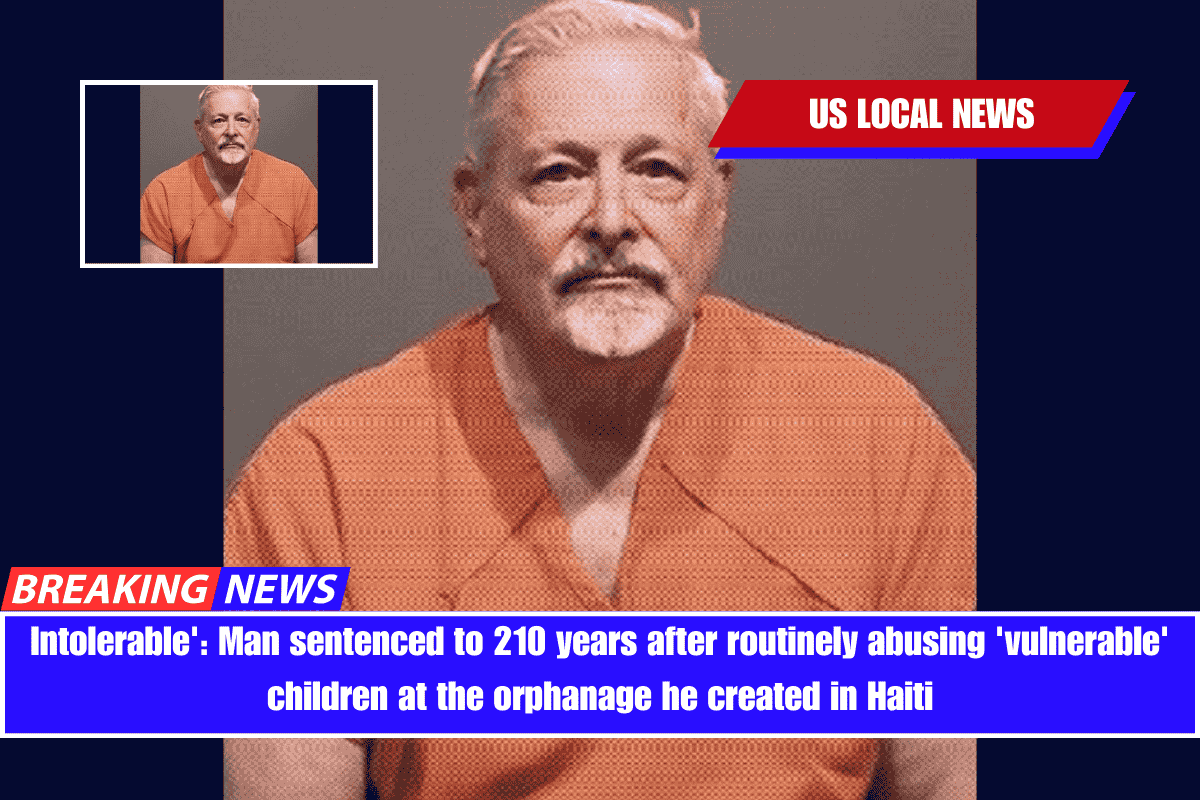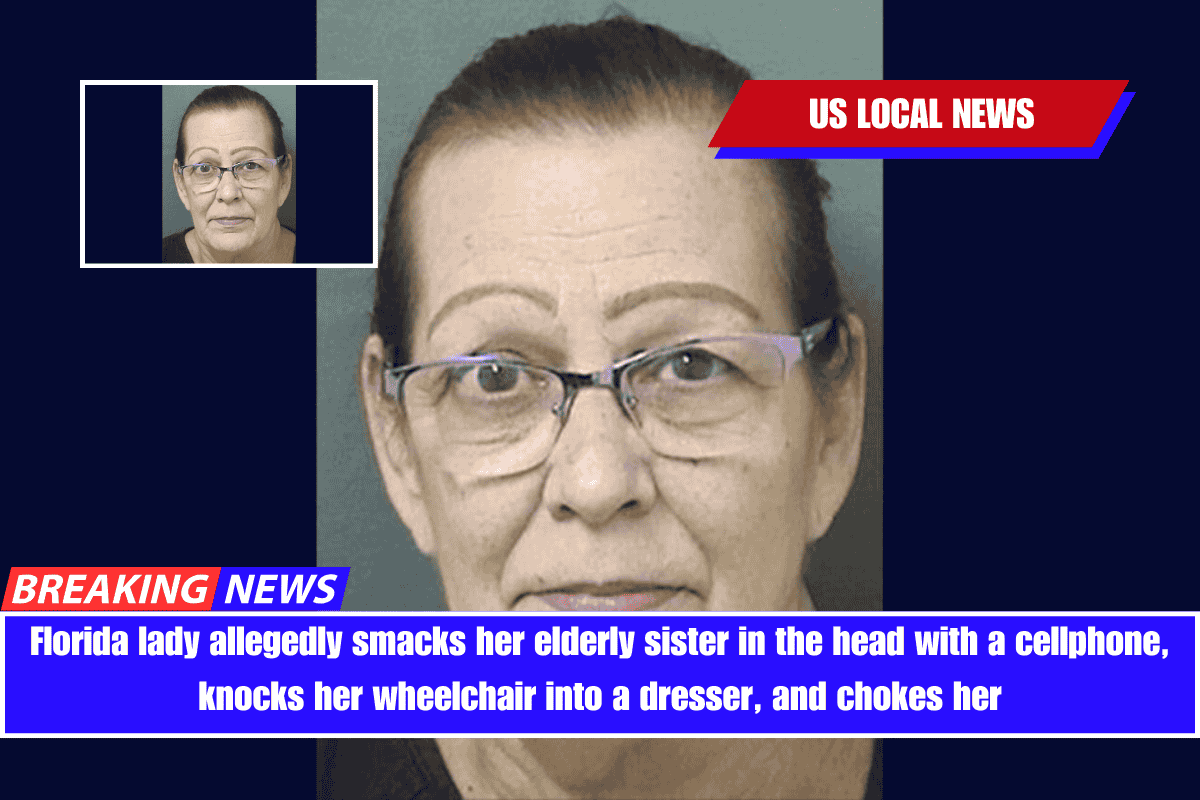A partial solar eclipse is expected to be visible in parts of the United States, Canada, Europe, and Africa this Saturday morning, offering a beautiful cosmic event for skywatchers in select areas.
If you live in the northeastern states of the U.S., you might be able to catch a glimpse — but only with proper eye protection.
What Is a Partial Solar Eclipse?
A solar eclipse happens when the moon passes between the Earth and the sun, blocking part or all of the sunlight. In a partial solar eclipse, the moon covers only a portion of the sun, making it look like a crescent or as if someone has taken a bite out of it.
According to NASA, this happens because the sun, moon, and Earth don’t line up perfectly during this event.
Where Will the Eclipse Be Visible?
This eclipse will not be visible across the entire United States. The best viewing spots include:
- Maine – up to 80% of the sun will be covered
- New Hampshire – about 50% coverage
- Massachusetts and New York – around 30% coverage
People in northeastern Canada, Greenland, parts of Europe, and West Africa will also get a good view. If you live further south or west in the U.S., you might not see anything at all, as the moon’s shadow misses those areas.
When to Watch the Eclipse
The partial eclipse will start between 6:30 a.m. and 7:00 a.m. ET (Eastern Time) depending on your location. NASA has shared a list of start times by city, so check online for the exact timing in your area.
Future Solar Eclipses to Watch
If you miss this one, don’t worry. There are more solar eclipses coming soon:
- A partial solar eclipse in September 2025, visible from Australia, Antarctica, and parts of the Pacific and Atlantic Oceans.
- A total solar eclipse in August 2026, visible in Spain, Greenland, Iceland, and Russia.
- The next solar eclipse visible in the U.S. will be in January 2028.
How to Watch the Eclipse Safely
Never look directly at the sun without proper protection, even during a partial eclipse. The bright light can damage your eyes permanently.
Here’s how to watch safely:
- Use certified solar viewing glasses (not regular sunglasses)
- Do not look through telescopes, binoculars, or cameras without special filters
- Avoid using DIY methods unless they are approved by professionals
According to experts, looking at the sun even for a few seconds without protection can cause serious and permanent eye damage.
What Makes This Event Special?
Astronomers say this will be a beautiful partial eclipse, especially for viewers in the northeastern U.S. Sunspots, which are dark areas on the sun, may also be visible through proper solar filters.


















Leave a Reply